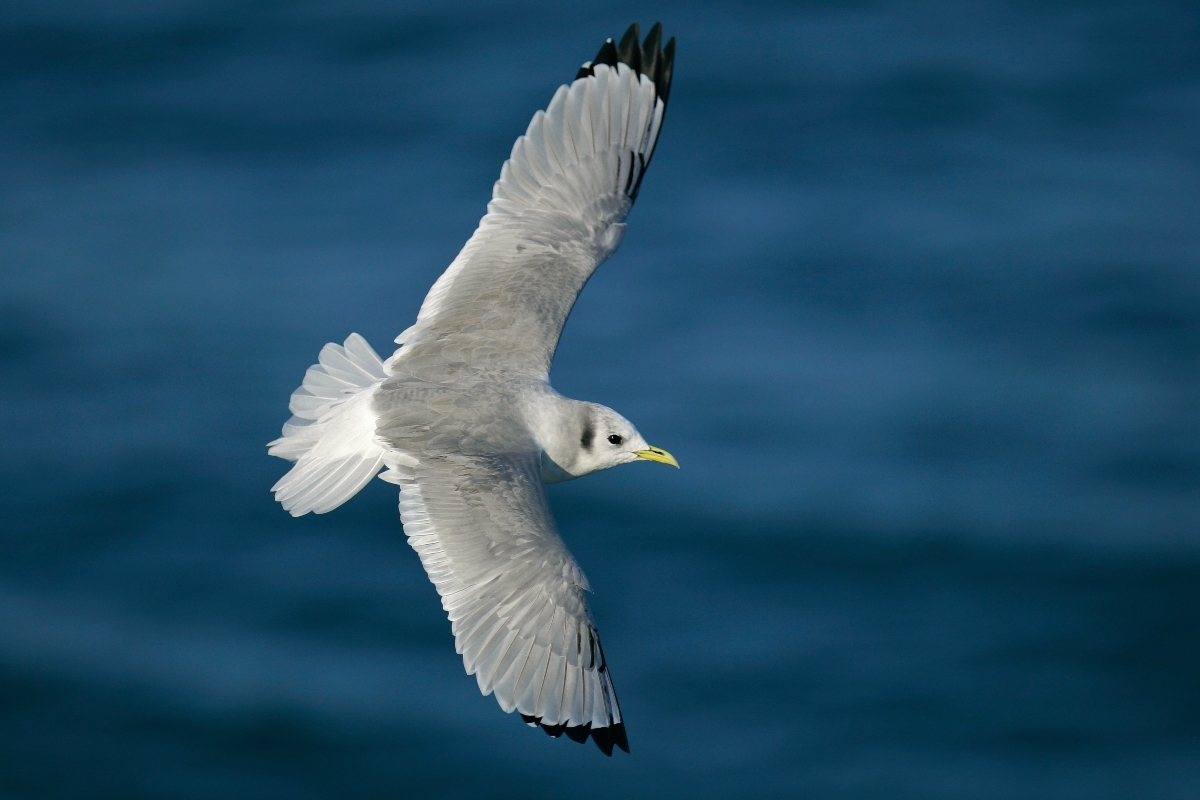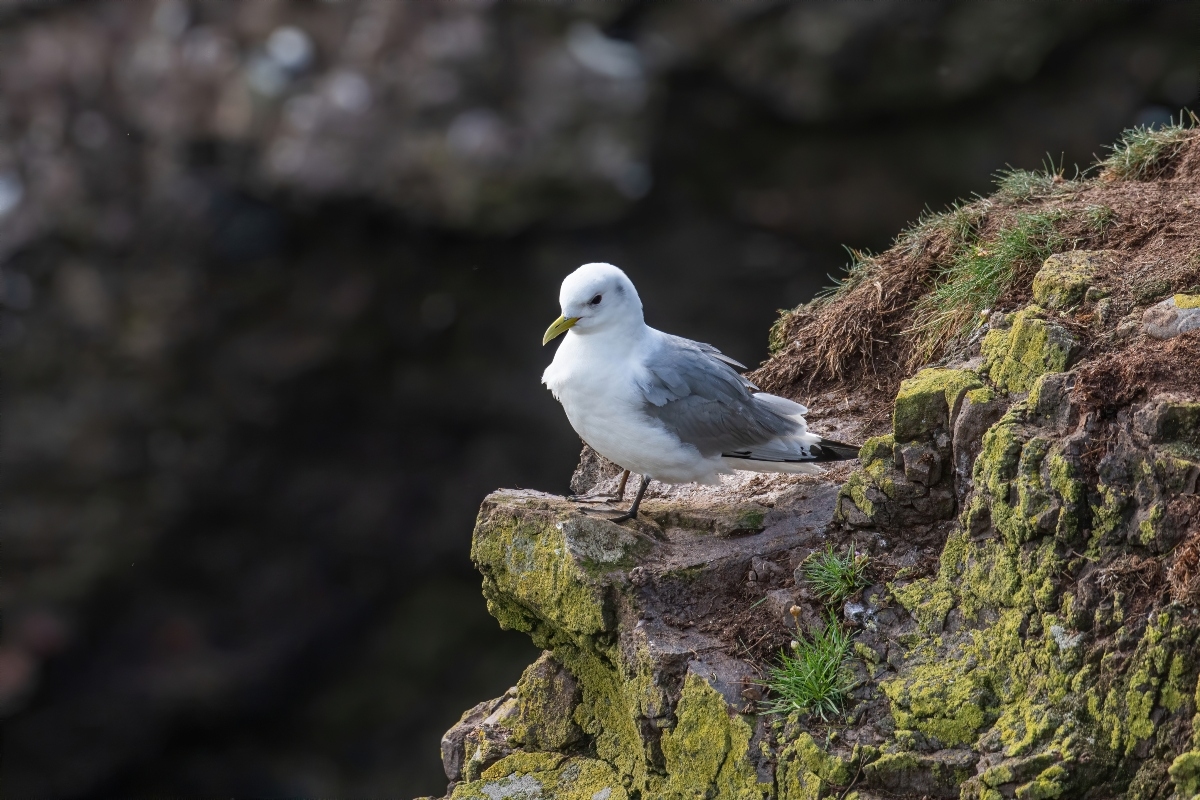Gazing out at the rugged coastlines and remote islands of the North Atlantic and Arctic oceans, one might encounter the unmistakable sight of the Kittiwake, a graceful and hardy seabird that has mastered life on the high seas and towering cliffs. With its elegant flight and distinctive call, the Kittiwake is a cherished member of the gull family, known scientifically as Rissa.

Distinct from their larger gull relatives, Kittiwakes exhibit a relatively compact body size, typically ranging from 15 to 18 inches in length. Their plumage is predominantly white, offset by delicate grey wings and a striking black tail tip. These colors serve not only for beauty but also as effective camouflage against potential predators when nesting on cliff faces.
Kittiwakes are true pelagic birds, spending a significant portion of their lives out at sea. Their diet consists mainly of fish and marine invertebrates, which they skillfully snatch from the water’s surface in Swift, agile dives.
The breeding season unveils the Kittiwake’s affinity for cliffside nesting. Unlike many other gulls that opt for ground nesting, Kittiwakes choose near-vertical cliff faces to construct their nests, offering them protection from terrestrial predators. Made primarily from seaweed, grass, and mud, these nests are a testament to the bird’s architectural prowess. Often, you can hear their unmistakable “kittee-wa-aaake, kitte-wa-aaake” call echoing along the cliffs, giving them their name.
One of the most commendable aspects of Kittiwake behavior is their collaborative approach to parenting. Both the male and female share responsibilities, from incubating their clutch of 1-3 eggs to feeding the chicks once they hatch. This cooperation ensures a higher survival rate for their offspring amidst the challenging conditions of their habitats.

While Kittiwakes have enjoyed a broad distribution across their range, they are not without threats. Changes in sea temperature and overfishing can impact their food sources, while pollution and increased human activity pose challenges to their nesting sites. It’s crucial to monitor these factors to ensure that Kittiwake populations remain stable.
For those fortunate enough to observe Kittiwakes in their natural environment, the experience is unforgettable. Their aerial acrobatics, combined with the backdrop of rugged coastlines and the sound of crashing waves, create a serene and majestic tableau.
In the realm of seabirds, the Kittiwake stands as a symbol of resilience and grace. Their remarkable life, both at sea and on the cliffs, serves as a reminder of the beauty and fragility of our natural world. As stewards of the environment, it’s our responsibility to ensure that these magnificent birds continue to soar and thrive for generations to come.